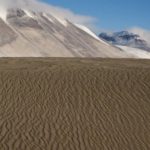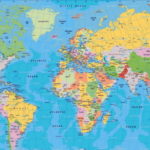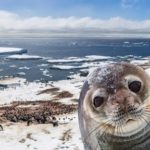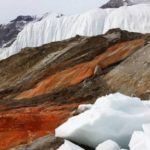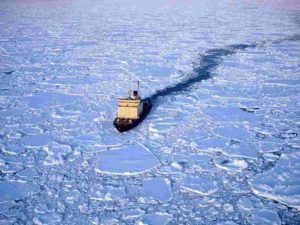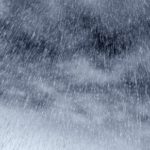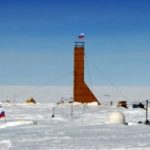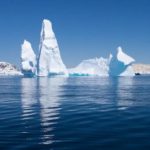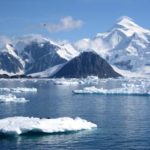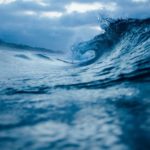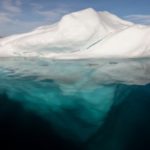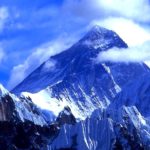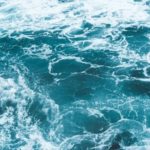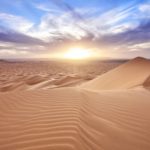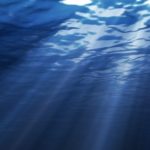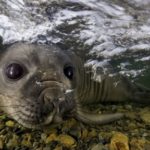Interesting facts about Antarctica
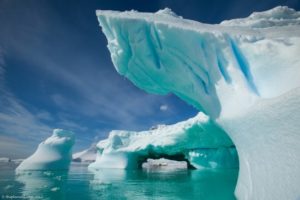 Antarctica is the most mysterious and poorly studied continent on Earth. This region, bound by millennia ice, is stern and not adapted for human life, however, stubborn explorers step by step master its expanses.
Antarctica is the most mysterious and poorly studied continent on Earth. This region, bound by millennia ice, is stern and not adapted for human life, however, stubborn explorers step by step master its expanses.
One day in Antarctica the Metallica band performed a concert at the Argentine research station.
The dryest place on the planet is the Dry valleys located in Antarctica. There is almost no ice and snow, because due to the constant wind the moisture evaporates, and the rain has not been there for several million years.
Antarctica does not belong to any country.
In Antarctica there is no division into time zones.
Of course, Antarctica is the coldest place on Earth. The lowest temperature recorded here was -89 degrees Celsius.
There is no permanent population in Antarctica.
Imperial penguins live only in Antarctica.
If all the ice of Antarctica had melted, the level of the world’s ocean would have increased by sixty meters.
In Antarctica, contrary to the widespread misconception, there are no polar bears.
Strangely enough, but on this continent, too, there are rivers.
The diet of people working in Antarctica includes beer.
The Weddell Sea washing the coast of Antarctica is the cleanest sea on the planet (see interesting facts about the seas).
Antarctica has its own telephone code, a first-level Internet domain and a flag.
The coldest month in these parts is February.
The first man was born in Antarctica in 1978.
In winter, the area of Antarctica almost doubles due to the freezing of coastal waters, but in the summer the ice melts again.
In Antarctica, about 70 percent of the world’s freshwater reserves are made.
About 98 percent of the continent is covered with ice.
Winds regularly blow from the center of Antarctica, the speed of which reaches three hundred kilometers per hour.
Antarctica is a demilitarized zone.
Over the Antarctica is an ozone hole.
Annually in Antarctica is the Ice Marathon – a 100 km ski race.
In the coastal waters of Antarctica there live icefish with colorless blood, adapted to life in water with a temperature below zero.
From the Taylor Glacier in Antarctica, from time to time a “bloody waterfall” erupts. The red color is given to the water contained in it bivalent iron, which combines with oxygen and turns into rust.
